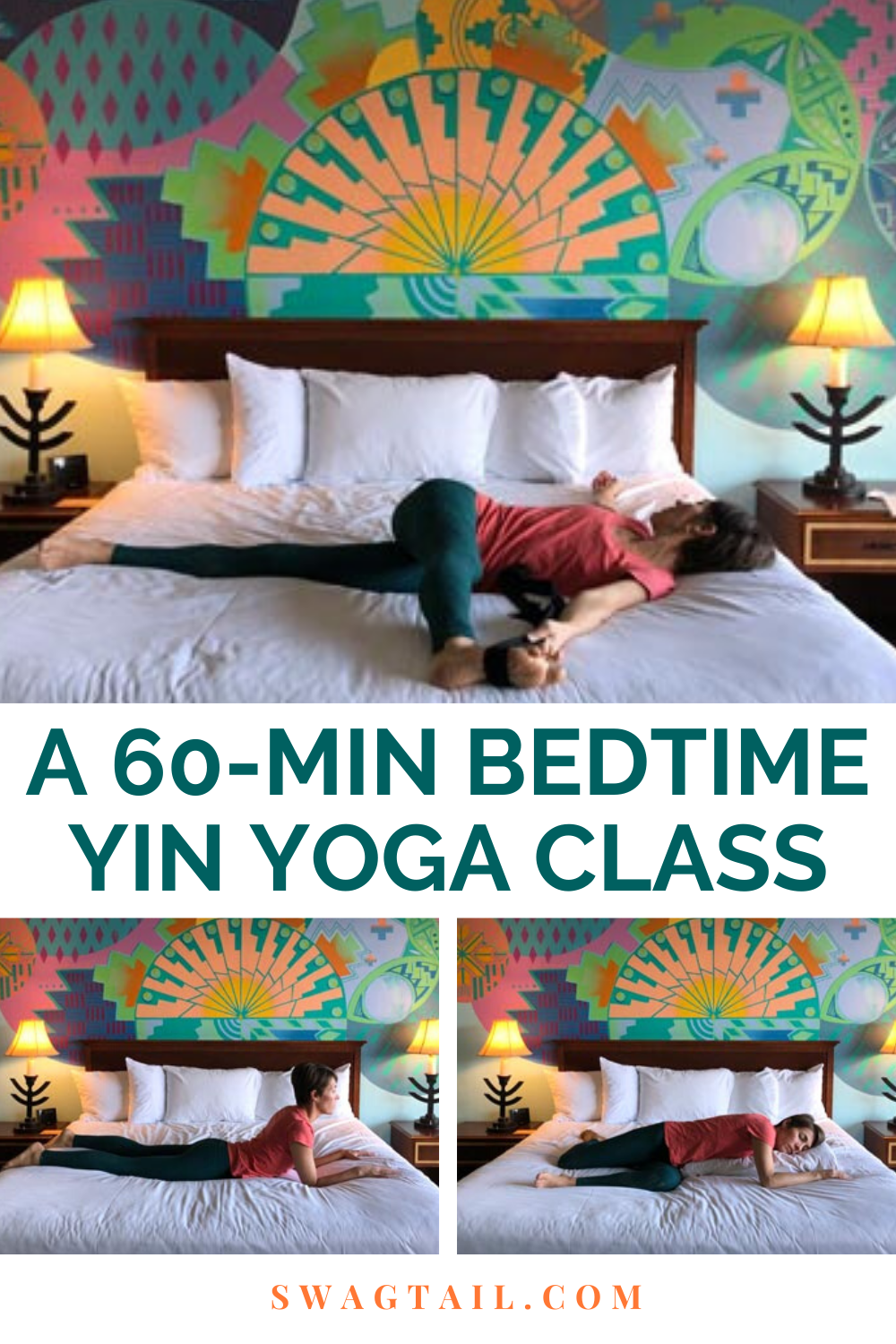 The quality of your sleep can be greatly affected by the amount of mental and physical stress you experience during the day. You can have trouble falling asleep or difficulty sleeping through the entire night.That’s why this bedtime yin yoga sequence is the perfect way to offset these problems. You’ll release tension in the body and get more comfortable before bed. Plus you’ll tap into an inner calm that allows you to drift to sleep more easily, and wake up more refreshed each morning, too.
The quality of your sleep can be greatly affected by the amount of mental and physical stress you experience during the day. You can have trouble falling asleep or difficulty sleeping through the entire night.That’s why this bedtime yin yoga sequence is the perfect way to offset these problems. You’ll release tension in the body and get more comfortable before bed. Plus you’ll tap into an inner calm that allows you to drift to sleep more easily, and wake up more refreshed each morning, too.
Steve and I just returned to the west coast after 10 days on the road. These adventures are usually very exciting. We see new places, try new foods, and get to visit family across the country.
Yet they’re simultaneously exhausting. You’d think with a queen size bed in the van there would be plenty of rest happening while the other person is driving. And this surely is the case when you compare it to how we used to travel via car. Yet our minds are always accessing new information. And the body really does get tired of sitting for hours on end.
That’s why I use this bedtime yin sequence to bring balance back to my body and mind frequently when traveling. It’s a great way to reduce stress. Now that I’m home, I revel in the fact I can stay in bed for longer periods of time. And that I can combine these poses while lying in bed to add an extra layer of luxury to the experience.
THE NATIVO LODGE AND BEDTIME YIN YOGA NOTES
The photos of this sequence were taken on our last road trip. I found the Nativo Lodge in Albuquerque, New Mexico and just had to stay here due to the individualized art in each room. Yes, by now, you know I’m a huge fan of murals. The customer service at this location was just as memorable as the beautiful space. If you plan to travel that way, I highly suggest a night here!
Bedtime Yin Yoga Notes
This sequence is a great way to prepare for sleep. However, it’s also a powerful way to reset the nervous system during the day. You can shift quickly from sympathetic to parasympathetic through these postures. Pair them with the suggested breathing patterns below and you’re going to return to a calm, balanced, and clear-minded state rapidly.
You can also use the chart below to determine how long you want to hold each posture. This depends on the overall length of the class you’re teaching, or the time frame you have available to do this at home.
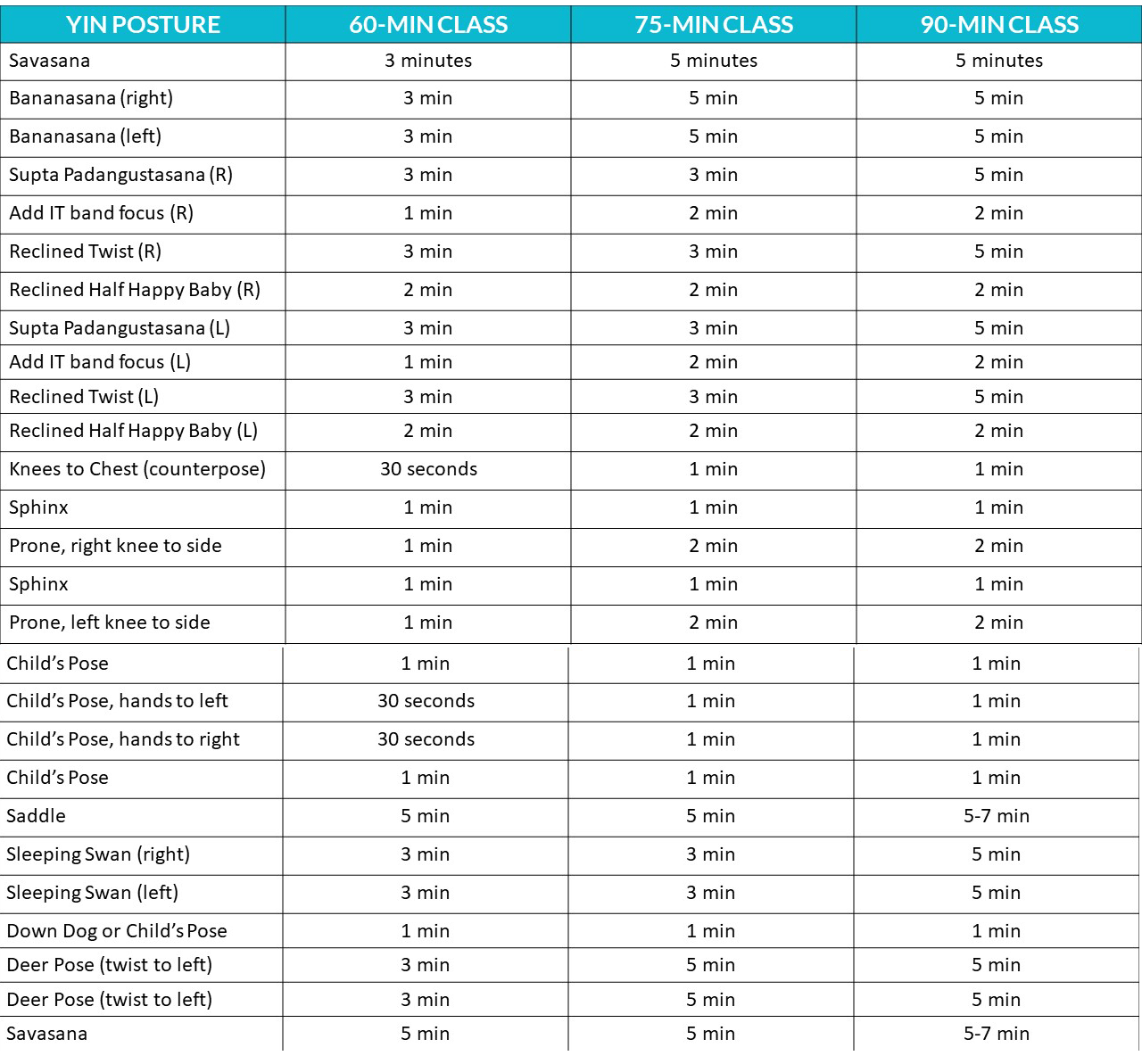
Suggested Props
As with most restorative classes, and many yin ones, it’s helpful to have a wide array of props by your side. Keep blankets, pillows, and a bolster by your side to give you just the right amount of support for you to relax into each pose.
(1) SAVASANA
 Purpose: This pose mirrors the stillness you seek when sleeping. Starting this bedtime yin yoga sequence in this way is the perfect way to practice this inner peace before you actually Close your eyes. Plus, it’s a powerful way to acknowledge the journey you’re about to embark on. The work you’re about to do here is just as important—if not more so—than the busy activities done during the day. This inward works gives you the energy from which to undertake all other tasks.
Purpose: This pose mirrors the stillness you seek when sleeping. Starting this bedtime yin yoga sequence in this way is the perfect way to practice this inner peace before you actually Close your eyes. Plus, it’s a powerful way to acknowledge the journey you’re about to embark on. The work you’re about to do here is just as important—if not more so—than the busy activities done during the day. This inward works gives you the energy from which to undertake all other tasks.
Additional Notes: I suggest you use pillows under the knees to get entirely comfortable here, and alleviate any tension in the lower back region. You can also pair this posture with a pranayama that focuses on the exhale (such as inhale to a 3 count, exhale to a 5 count).
(2) BANANASANA
Purpose: Since deer pose is the main posture of the sequence, banansana is a fantastic way to open the lateral lines of the body needed for the twist in deer. With space created between the ribs, you can also encourage a deeper breath. And when you place the arms overhead, even in a simple fashion, you can open up the heart and lung meridians.
Additional Notes:
The heart is especially important for processing emotions. If negative emotions stay stuck in the body, physical illness can result. You can have a harder time falling asleep. That’s why this bedtime yin yoga sequence is designed to help you let go of the past and make physical (and emotional) space for you to receive more goodness in your future. So clasp opposite elbows or even take cactus arms. This will encourage that extra flow of energy into these meridians.’
Also, repeat both sides before moving on to the next posture.
(3) RECLINED HIP SEQUENCE
Purpose: While many of the poses in this sequence are not traditional yin postures, they are beneficial to creating space in the physical body. Supta padangusthasana stretches the hamstrings, alleviates pressure in the low back, and opens the hip flexors on the opposite leg.
The goal with the lateral focus is to organize the collagen fibers around the IT band, and release any adhesions that form where the IT band, quads, and lateral hamstrings appear. This can make your walking gait more efficient. The twist is then added to increase mobility in the spine. And since the first three poses open up the outer hip region, half happy baby at this point in the bedtime yin sequence will release the inner areas as well.
Additional Notes: If you are doing these poses on a bed, the surface is softer than the floor. Be aware that this might affect your experience in these poses, giving you more access (potentially). Just make sure you keep proper alignment and go only 50-70% of your full capacity. This will keep the body in a relaxed state that will prepare you for sleep and prevent injury.
(4) PRONE / SPHINX SEQUENCE
Purpose: Many times at the end of the day, you have an excess of energy. This can make it challenging to fall asleep. Sphinx uses some of that remaining energy and puts it to use in this active pose. Plus, sphinx opens the front line of the body, which is associated with the water element in TCM. So when you enhance the flow of energy here you increase your vitality, resistance and longevity.
Additional notes:
- Avoid this pose if you have low back pain or are pregnant.
- Ensure the elbows are placed underneath the shoulders for support.
- Bend the knees to make this more challenging.
- Use pillows under the armpits to make this more restorative.
Counter pose: Between your two rounds of Sphinx, lie on your belly. Take one leg out to the side, bending the knee at a 90-degree angle. This will release tension in the low back. Turn your head to the right when your right knee is up, and to the left when your left knee is up.
(5) CHILD’S POSE SEQUENCE
Purpose: This posture serves as another counter pose to sphinx and a way to reset the body before moving on. It’s also a pose that encourages you to turn inward. This removes your focus from the outside world, which can keep you awake at night, and instead help you fall asleep more quickly and deeply. We also add a side stretch to continue preparing the body for deer pose.
Additional Notes: You can place a pillow, or stack of pillows, under the torso here for a more restorative version of the pose. Just make sure your knees are wide so you have room for this support.
(6) SADDLE

Purpose: This pose is known as Supta Virasana in the yang tradition, and in both cases, the entire front line of the body gets stretched. The femur bones also get a slight internal rotation here when the feet are beside the hips. And since deer uses inner and external rotation of the hips, this prepares the body for the twist in yet another way.
Additional Notes:
- Use firm pillows behind the back to make this restorative.
- Avoid any sharp or burning pain, as always. Come out immediately if you experience this.
- You can also place blankets or pillows under the hips to make the most more accessible.
- Another option is to sit on the heels, with the knees wide. This variation targets the quadriceps more directly.
- A brief pause in a seated position is great before moving on to the next posture.
(7) SLEEPING SWAN
Purpose: Sleeping swan turns your attention inward even further. It’s also a way to deeply stretch the external rotators on the front hip while simultaneously stretching the quadriceps and hip flexors on the back one. Numerous meridians also run through the hip region, so spending time here will increase your overall flow of energy. This can enhance the healing properties that occur for you during sleep.
Additional Notes:
- Pillows are a great way to support the hips and ensure the pelvis remains level. You can also place them under the torso again for support.
- Ensure there is no knee pain.
Counter pose: You can take a few cycles of breath in child’s pose before moving to deer if you choose.
(8) DEER POSE
Purpose: The sides of the body are long, the hips are open, and you’re finally ready to move into deer pose. Twists are a great way to wring out tension in the body and soothe the mind. And that’s exactly why this bedtime yin yoga sequence has been building to this moment.
Additional Notes:
- Again, pillows can be a great prop to support the torso and relax the head.
- You can also stay in the seated version for the first minute here before folding into the twist.
- Remember to let gravity do the work. You don’t have to push further into the twist. Let your body and mind really sink into the pose as you prepare for bed.
(10) SAVASANA
Purpose: You’ve been here before. Now, as you end your bedtime yin yoga journey, it’s time to acknowledge just how far you’ve come. In stillness, be aware of new sensations in the body. Take note of any new fluctuations in the mind (hopefully there is more space between your thoughts). Use a few deep cycles of breath to seal in your practice before letting the body breathe itself here in Savasana.
Additional Notes: If you’re using this sequence during the day to rejuvenate, I suggest using alternate nostril breathing when you come back to a seat. This will give you more energy and shake off any sluggishness that could linger from your practice. You’ll then be ready to start back to life with greater balance and clarity.
PUTTING IT TOGETHER
Daily life is busy. You encounter challenges that stimulate the mind and cause you to hyper focus on your immediate surroundings. Yet, this heightened state can prevent the nervous system from resetting properly. This makes it hard to fall asleep and get the adequate rest you need Each night. A powerful solution is to use this bedtime yin yoga sequence frequently to keep you in a calm, balanced state that promotes your overall well being.
Take Action Now:
- Save time and energy in your class planning when you download the PDF of this sequence via the form below,
- Carve out some quiet time before bed so you can prepare your body and mind to fully rest.
- Get on your mat and restore your nervous system with this practice today.


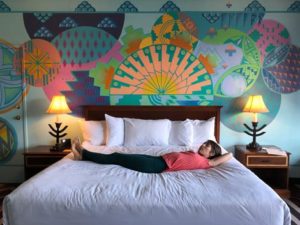
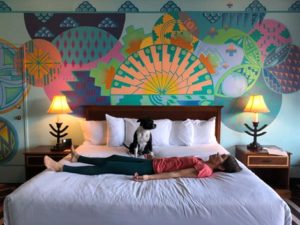
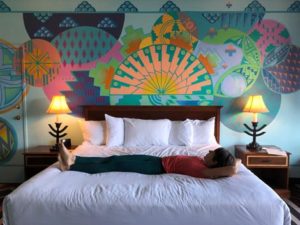
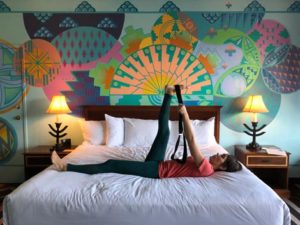
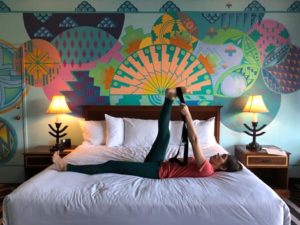
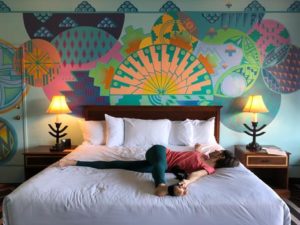
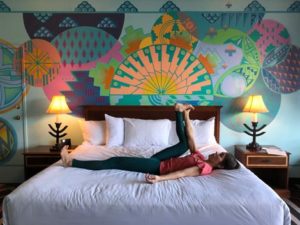
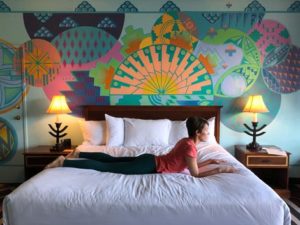
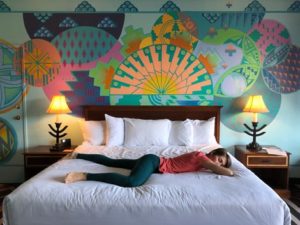
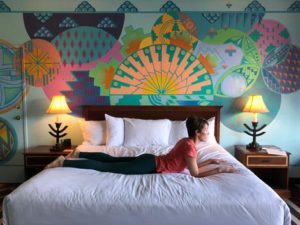
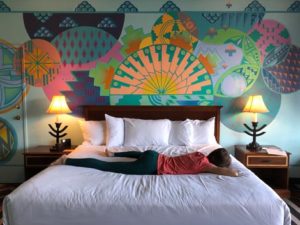
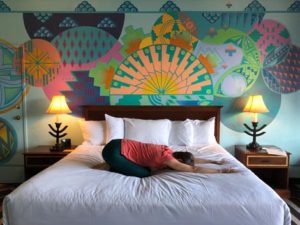
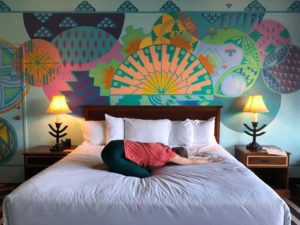
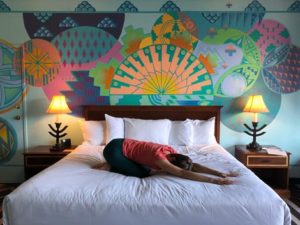
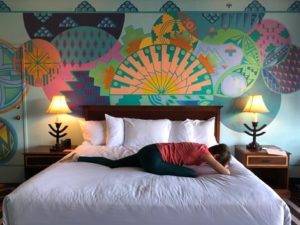
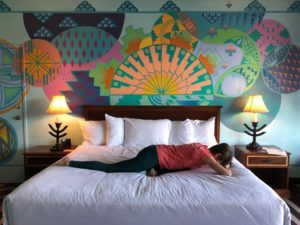
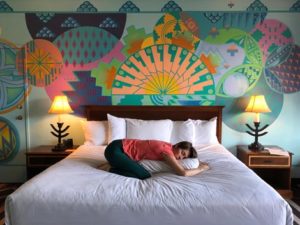
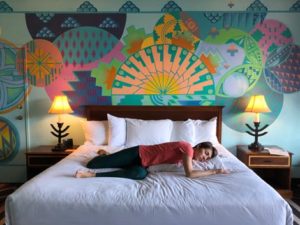
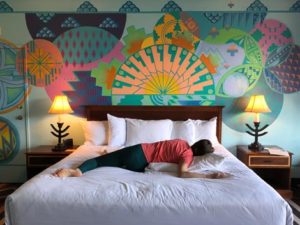

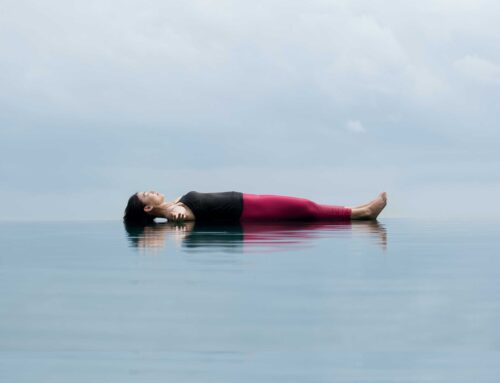

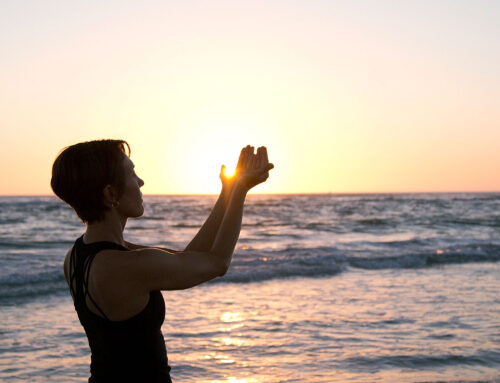
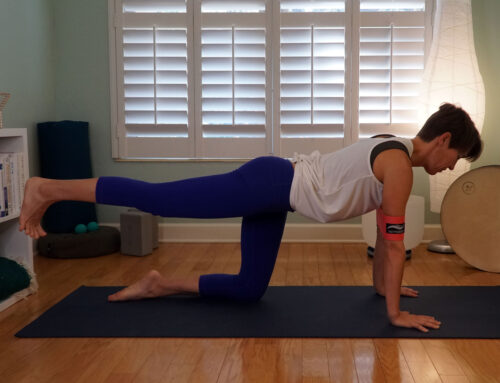
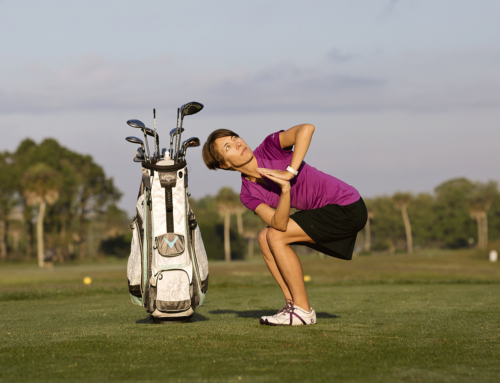
Leave A Comment